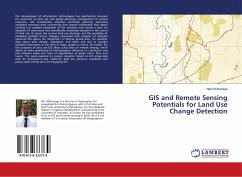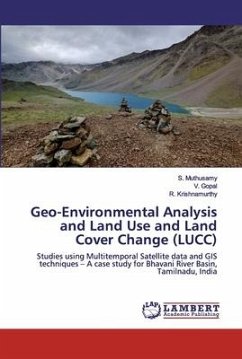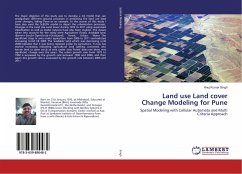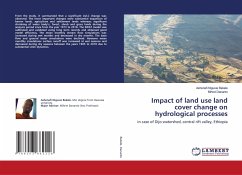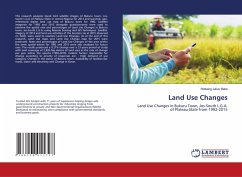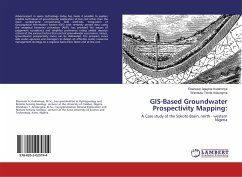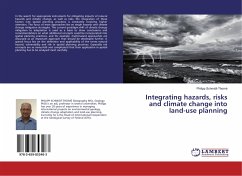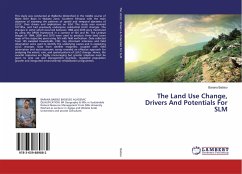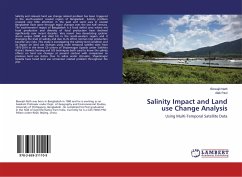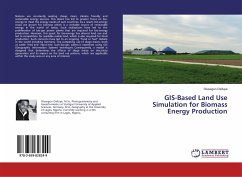
GIS-Based Land Use Simulation for Biomass Energy Production
Versandkostenfrei!
Versandfertig in 6-10 Tagen
27,99 €
inkl. MwSt.

PAYBACK Punkte
14 °P sammeln!
Nations are constantly seeking cheap, clean, climate friendly and sustainable energy sources. This desire has led to greater focus on bio-energy to meet the energy needs of such countries. As a result, bio-energy crops are grown for biomass which is a veritable source of renewable energy in the world of today. Such realizations have led to the proliferation of bio-gas power plants that are required for bio-energy production. However, this quest for bio-energy has altered land use and led to competition for available arable land, which is also required for food production. Such concerns have le...
Nations are constantly seeking cheap, clean, climate friendly and sustainable energy sources. This desire has led to greater focus on bio-energy to meet the energy needs of such countries. As a result, bio-energy crops are grown for biomass which is a veritable source of renewable energy in the world of today. Such realizations have led to the proliferation of bio-gas power plants that are required for bio-energy production. However, this quest for bio-energy has altered land use and led to competition for available arable land, which is also required for food production. Such concerns have led to an ongoing "food or fuel" debate in the world including Germany. The competing use of silage maize, both as cattle feed and input into such bio-gas plants is examined using GIS (Geographic Information System) techniques. Consequently, a model is designed that determines the effects of silage maize on electricity generation and its impact on the land use pattern, which are applicable within this study area or any area of interest.



